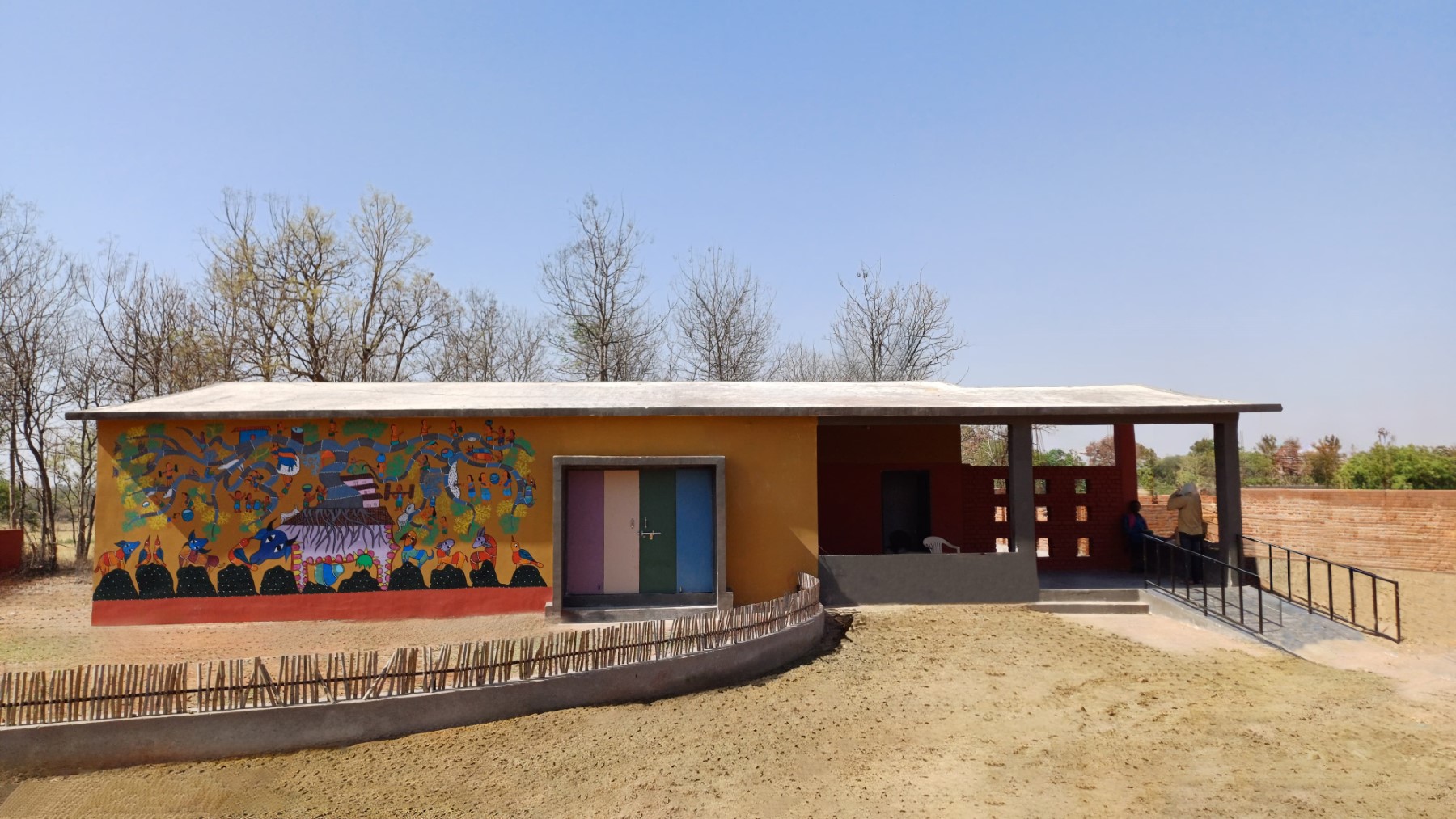Reading Anoop Bhat’s article about the toxic work culture of architectural practices in India that talks of exploitation of entrants to the profession (interns and fresh graduates) set me thinking. The subject is not new to me and I have consciously tried to avoid any situation where the interests of young architects are compromised.
I graduated in 1969 and before that I had several voluntary summer internships. I was paid a salary from the day I joined an office. My education and training allowed me to be productive from day one, and take responsibility for design and construction drawings. The small architectural office that I worked in, had separate engineering, project management and accounts sections in addition to design and drawing. A very senior architect that I worked with, used to say – only 10% of an architect’s time was spent on design and 90% on making sure that the design got implemented. The architect’s work included preparing contract documents, procuring contracts, obtaining approvals, supervising construction and taking responsibility for the safety of the building. Large architectural practices employed architects, engineers, accountants, surveyors, supervisors and liaison agents. Some practices believed that design was the most important part of the work while others believed it was project delivery that clients valued most. There were others who specialised in obtaining statutory approval. A good architectural practice looked after all three aspects and charged a fee as recommended by Indian Institute of Architects. Offices that focused mainly on project delivery charged a lower fee.
The structure of professional fees recommended by Indian Institute of Architects included 35% of the fee for design and 65% for the rest of the work. According to this structure architects charged 35% of their fee for 10% of the service. In a sense, the engineering division of the architectural practice subsidised the work of the architectural division. One large service provider was the Public Works Department of the state and the central government. Here too the architectural section was small and the project management section large.
The method of procuring projects has changed in India. Larger projects go to Project Management firms and they give out only design work to architectural firms. In the present system, the scope of architects’ work has been reduced to 10% of what it used to be and the fee payable has been reduced accordingly. With this low fee, Indian architectural design practices are no longer profitable and they reduce their costs by spending less time on design, underpaying their staff, and by engaging in ways of making money that would have been considered unethical earlier. Exploitation of fresh entrants is only a small part of the changed situation. There are many ‘successful’ practices who are not short of work, but one would be hard put to find one that pays a decent salary to fresh entrants.
If the definition of ‘successful’ practice is one where architects are paid salaries comparable to other professions, none of the practices in India would fall in the successful category.
Resurrection of the profession of architecture in India is the subject of much debate. There are those who hold that current architectural education does not cover the needs of the profession and therefore architectural graduates are not employable. According to them, architectural education needs to change. There are others who believe there are too many architects running after too few jobs and therefore architects are reduced to working for low fees and are sustaining themselves by engaging in unethical practices. According to this group, the solution is for the architectural community to stand together, eliminate unethical practices, and charge better fees. While both of these ideas are valid and need to be implemented, they will not solve the problems of the architectural profession.
How have other professions have managed their work? There was a time when engineering graduates joined post graduate engineering courses. Today, engineers understand that it is managers who are valued more than technologists, and graduates from the best engineering colleges join management institutes to acquire management skills. Management training expands their horizon and gives them the confidence to start their own business or to manage projects in large technology companies. Sundar Pichai, a successful technologist, rose to the top in Google not by creating a new product but by managing new products. Similarly, Satya Nadella also rose to the top of Microsoft by managing large projects.
A well-known successful architectural practice in India employs nearly as many project managers as architects and planners. It declares its specialties as architecture, urban design, planning, project management and construction management.
To sort out the mess in their profession, architects need to step back in time and to revert to taking responsibility for more than just design. Architects have to find ways of expanding the scope of their professional work. ‘Design and Build’ is one way of doing this – equivalent to an engineer starting a new business. In D&B, the architect has to deliver a building project, not just design it. With their knowledge of building construction, architects may also be successful as building contractors also. Typically, developers and contractors pay better salaries to architects than architectural practices, even though developers may not use their design skills at all. Start-ups – the present model of business is based upon recognizing new opportunities where none exist currently. Architects and planners can also be part of this space. One example is the ski slope created by BIG architects on top of a garbage recycling plant in Copenhagen.
None of the foregoing is new and one wonders if there something that prevents architects from becoming more than just architects?
I believe it is the latent (and potent) message conveyed by architecture schools that creative building design by itself is the most important part of an architect’s work and nothing else really matters as much as design.
Typically, architecture students spend 70% of their time in college in design and building construction studios that carry not less than 50% of the total course credits. Most students spend their working time at home also on architectural design. After graduating from the architecture school, architects go on to other design schools to learn more about design- urban design, landscape design, urban planning, product design, interior design, furniture design and so on. Unlike engineers, hardly any architects join graduate courses in business management.
So, if there is one thing that will change the downward trajectory of the architectural profession, it will be the change in architectural education and giving due emphasis to other things that create good buildings than just design. Once architects understand the importance of non-design aspects of their work, they will expand the scope of their work, be in control of more than just architectural design and become ‘master builders’ as they once were.
It is not the intention here to reduce the importance of good design, but merely to point out that good design will be possible when architects manage more aspects of the process of building.








8 Responses
I Agree with your views!
Dear Sir, I had the privilege of being your student between 1984 and 1989.
You were a role model teacher for me.
Wishing you lots of good health and happiness Sir
Good to hear from you Manish.
A very enlightening commentry on the state of art of the working of the profession, Vinod. This is also a pointer to the changes required in the curricullum of the Architecture course in today’s climate.
A very candid article indeed and showing way forward for architects
Very well encapsulated the challenges in the profession today, hope the suggestions are taken up in right ernest by CoA and IIA
Sir, I remember working with you as an intern. You always safeguarded our interests as freshers by paying extra. Besides, I learnt a great deal from you about the profession and sustainable practices in India.
Hello Palak. Glad to hear, I did something right. I do wish other architects would also treat interns as valuable assets.